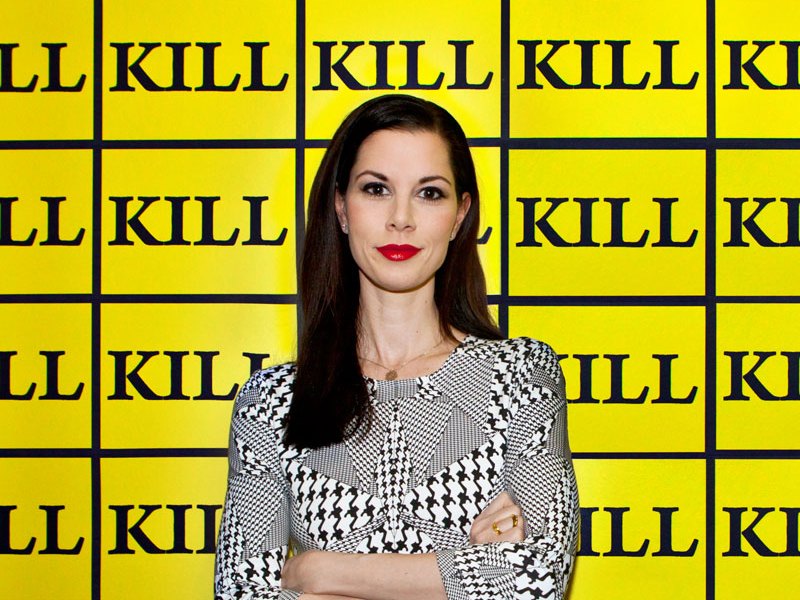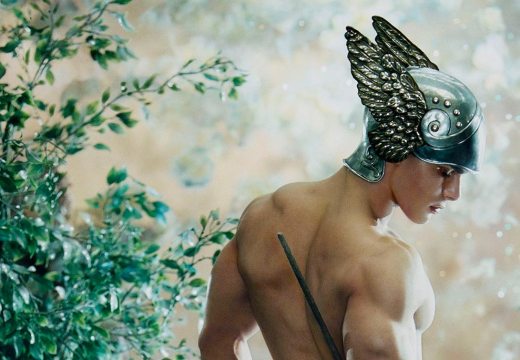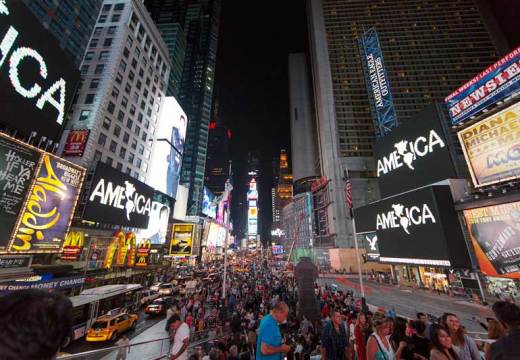In the past decade, you’ve established yourself as one of the world’s leading collectors of video and time-based art. What motivated you to begin collecting in these fields?
Artworks in these fields are unlike paintings or sculptures, which are always static. I’m interested in the unexpected and how the pieces are different every single time I watch them. With video, I’m fascinated by the underlying dramaturgy of any work. And time-based art can be revelatory.
What are the particular challenges of collecting video art?
Like any other artworks, video pieces are subject to ageing processes that in the long term can damage or even destroy them entirely. Although time may leave its mark, technical progress continues to generate new file formats and software codes that seek to prevent damage. My team and I work with experts and use our unique Media Art Depot to do everything we can to preserve the artworks for future generations.
Are there older collectors who inspired you, or whose example you looked to follow when you started collecting?
I draw my inspiration from the art itself: from encountering that element in a work that makes it unique – which is often something that might not have been planned by the artist.
How do you envisage the collection developing in coming years?
I would like the focus of my collection to be the historical line that runs from the beginnings of video art at the end of the 1960s through to today, enabling us to grasp the development of video and allowing us to reflect on social and cultural currents. I also follow the careers of individual artists of my generation and support their art as far as possible. Another aim is to see my collection shown internationally and to collaborate with other art institutions.
The Julia Stoschek Collection has been open to the public since 2007. Do you feel that private collectors have a responsibility to make their collections publicly accessible?
Advances in a civil society can be judged among other things by how the strong treat the weak; the privileged the less so; and how discourse can be opened up with- out patronising its participants. I believe we make a valuable contribution to debates here.
How should private collectors relate to public museums? Are you interested in collaborating with public institutions?
Public museums primarily have an educational mandate. Private collections are characterised by individuality and subjectivity. I’d like the state and politicians to strengthen the authority of public museums and would like to see constructive collaboration between public and private institutions. I’m always interested in collaborations.
Could the art world do more to encourage young collectors?
I’m not sure if that’s the task of the art world. My advice to young collectors is to train your eyes, follow your instinct and learn to trust your emotions to find out which art form is the most appealing to you. And that doesn’t just apply to young collectors, but to anyone interested in art, current affairs or life in general.
Unlimited access from just $16 every 3 months
Subscribe to get unlimited and exclusive access to the top art stories, interviews and exhibition reviews.








